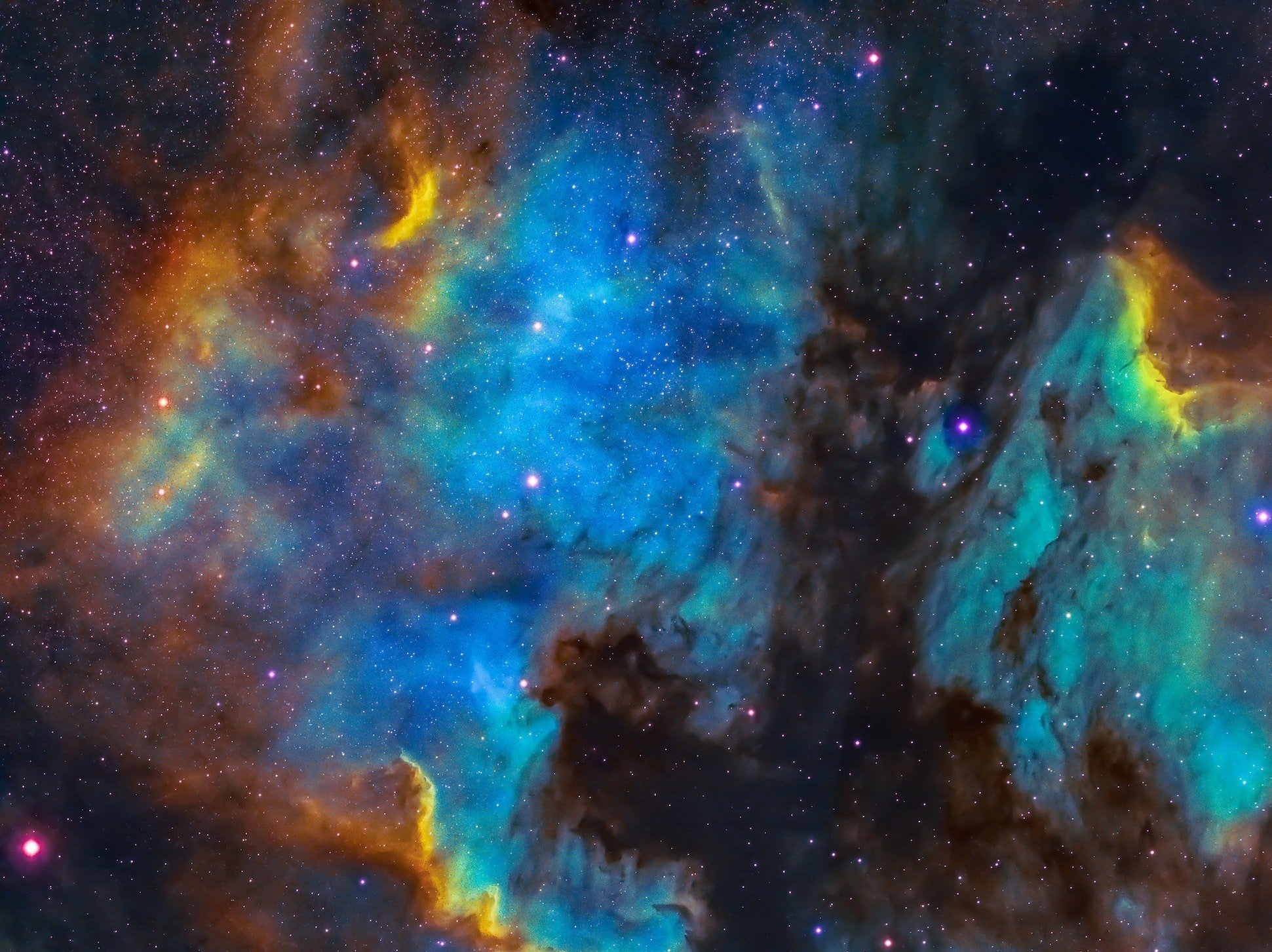
Centering Prayer
Centering prayer is a contemplative practice, a form of meditation. While many contemplative practices involve putting one’s attention on something — counting, a mantra, the rosary, a guided visualization, or even just heightened awareness — centering prayer takes a gentler and more radical approach. As thoughts go by, you don’t label them, watch, or push them away. You simply let them go and re-surrender to the silence. Centering prayer cultivates and trains this gesture of surrender, of letting go of the human desire to control, manage and understand everything. While its goal is relationship with the divine/ultimate reality, it is also training for a life with less anxiety — a useful antidote to our disruptive contemporary world.
One does not have to believe in any traditional understanding of God to practice this form of meditation; they simply have to be open that there is something bigger “out there”.
The roots of centering prayer
Centering prayer is rooted in a long history of Christian contemplative practices and open and conversant with all other mystical traditions. Listening to the word of God in scripture, lectio divina, is a traditional way of cultivating a relationship with God. Its contemplatio phase is part of the foundation of centering prayer. The example of Jesus in the Gospels, who often went off alone to be with God, forms another part.
Centering prayer is inspired by writings of major contributors to the Christian contemplative tradition, including the anonymous author of The Cloud of Unknowing, John Cassian, Symeon the New Theologian, Francis de Sales, Teresa of Avila, John of the Cross, Thérèse of Lisieux, Thomas Merton. It also celebrates writers from all other faiths and ages who bring a contemplative dimension to their understanding of the divine/ultimate reality.
20th century re-discovery of contemplative practices
During his time as abbot of St. Joseph’s Abbey in Spencer, MS, in the 1960s-70s, Father Thomas Keating met many Catholics who were turning to Eastern religions for contemplative practices and became frustrated at the lack of knowledge of the rich contemplative tradition that also existed in Christianity. Father William Menninger, his retreat master, derived the basic method for centering prayer from medieval monastic practices, while Father Basil Pennington built the group and workshop model. They borrowed the name “centering prayer” from Thomas Merton.
In 1984, the first introductory workshop was held at St. Ignatius Loyola on Park Avenue in New York City. In the early 1990s, Rev. Cynthia Bourgeault, an Anglican priest and Camaldolese Oblate who had worked closely with Father Keating, began teaching centering prayer in Maine.
Pre-20th century
For most of the first 1,600 years of the Christian tradition, prayer was understood to include formless contemplation. Starting in the 1200s and deepening in the 17th century, a shift towards scholasticism and rational study pushed practice away from the mystical and contemplative, until most Christians thought contemplation to be something only for the odd mystic. Several orders, however, never let up, among them: the Carthusians (featured in the film Into Great Silence); Trappists, including both Fathers Thomas Merton and Thomas Keating, and the Camaldolese.
An incomplete reading list
Thomas Keating, Open Mind, Open Heart. New York: Continuum, 2006.
This classic book by one of the founders of centering prayer provides a good introduction to centering prayer and has recently been revised in honor of its 20th anniversary. Much of the book is in a practical question and answer format.
Thomas Keating, Invitation to Love: The Way of Christian Contemplation. Bloomsbury, 2012.
This book explores the spiritual growth that takes place when centering prayer is seriously undertaken.
Cynthia Bourgeault, Centering Prayer and Inner Awakening. Cambridge, MA: Cowley, 2004.
Cynthia Bourgeault has worked closely with centering prayer founder Thomas Keating. This book is an excellent guide for those who would like to go deeper into centering prayer. It includes a chapter on the welcoming prayer.
David Frenette, The Path of Centering Prayer: Deepening Your Experience of God. Boulder, CO: Sounds True, 2012.
David Frenette has taught Centering Prayer under Father Thomas Keating’s guidance since 1984. This wonderful book provides a good introduction for beginners but also goes more deeply into the practice for the more experienced practitioner. It includes chapters on the sacred breath, the sacred glance, the sacred nothingness, as well as the sacred word.
David Frenette, Centering Prayer Meditations: Effortless Contemplation to Deepen Your Experience of God. Boulder, CO: Sounds True, 2014.
These meditations can be used to introduce a period of Centering Prayer, then paused for a period of silent prayer, then turned on again to end the session. It's a lovely way to frame a session if you have a little extra time, like during a mini-retreat.
